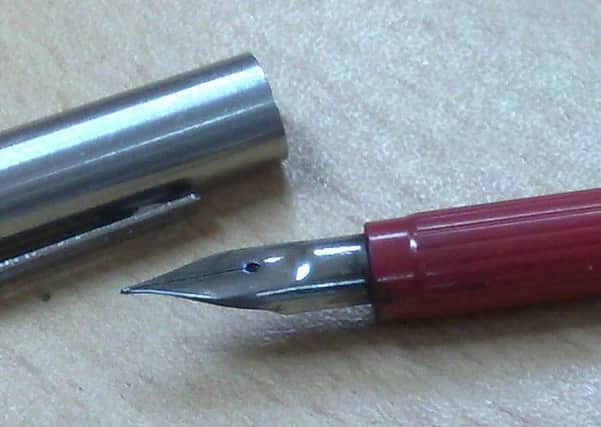COLUMN: Keep your ears open for owls


There are some birds which everyone knows by sight. The robin on our Christmas cards, the elegant swan, the town pigeon. But there are rather fewer that people know the sound of. The cuckoo is one. And of course the owl, which goes “Twit-twooo”. But does it?
The most familiar in our area is the barn owl. With all our arable fields, this is a great part of the country to see them. You are most likely to spot one as a ghostly white shape in your car headlights, hunting alongside the road. The grass verges have an abundance of the mice and voles that they like to eat. Alas, this does also mean they sometimes get hit by cars and lorries. They have further been affected by the removal of old farm buildings where they nest. But farmers, pleased by their habit of eating vermin, have been great in their support.
Advertisement
Hide AdAdvertisement
Hide AdBarn owls are almost entirely night time hunters, rarely venturing out during the day. But short eared owls are quite different. They are daytime hunters, flying low over rough ground such as the saltmarsh at RSPB Frampton Marsh. This is a great time of year to see them too, as extra birds are arriving in the county from Scotland and Scandinavia. They look rather larger than barn owls, with staring yellow eyes. The ‘ears’ in the name aren’t ears at all really, but tufts of feathers that are almost invisible, except when the bird is excited. Not the case in long-eared owls, where these tufts are very much bigger. These secretive creatures are rarely seen, flying entirely at night and preferring to hide up in thick undergrowth during the day. There their great camouflage makes them almost invisible.
Long-eared owls do not get on well with another owl, the tawny owl. They both like to live in woodlands, but tawny owls push long-eared owls out. The tawny owls themselves are quite chunky brown owls, again normally entirely nocturnal. You are most likely to see one guided by the angry chattering of small birds. If they discover a sleeping owl, many small birds will mob it, trying to drive it away.
Talking of small, little owls are tiny! No bigger than a starling, with a very grumpy expression, they mostly hunt beetles and worms. They often tend to be quite visible, standing upright on a fencepost or tree, even in the middle of the day.
So which of these lovely birds goes “Twit-twooo”? Well, only one. Or should that really be two?
Advertisement
Hide AdAdvertisement
Hide AdBecause that hooting noise is the sound made by a pair of courting tawny owls. They will begin at this time of year, setting up territories and pairing up, prior to making their nests in February. So why two? Well, the female says “Twit!” and the male goes “Who?” Listen out for them tonight!